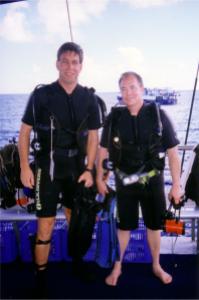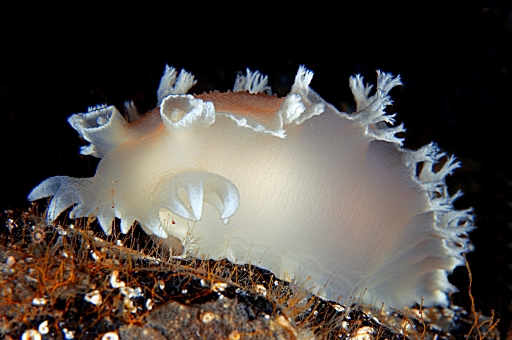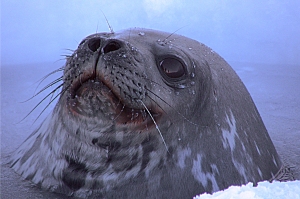 My Navy travels have afforded me the privilege of diving in some of the most interesting places. In this, and the next couple of posts, I list my top three diving destinations.
My Navy travels have afforded me the privilege of diving in some of the most interesting places. In this, and the next couple of posts, I list my top three diving destinations.
I’ve been diving on the Australia’s Great Barrier Reef on two occasions, both times departing for the reef from Cairns, pronounced like the first syllable in “Kansas”. The first trip was to the inner reef, a short boat ride away from the docks. That experience was OK, but not what I had expected. It seemed like the reef had been abused by massive diver and snorkler populations which had not treated the reef with the respect it deserved.
On my second trip to Australia on Navy diving business, I traveled with the Commanding Officer of the Navy Experimental Diving Unit, CDR (later CAPT) Jim Wilkins.

From Cairnes we took a fast boat to a liveabord vessel anchored on the outer reef. It was a beautiful 140 ft. tall schooner, SV Atlantic Clipper. And that made all the difference.
During the diving season the Clipper is stationed on the outer reef, and shuttles divers to four diving locations; Norman Reef, Saxon Reef, Hastings Reef, and Michaela’s Reef. Each location featured different underwater vistas, showing an overwealming diversity of colorful reef animals. On a typical day we’d make three daylight dives of varying depths plus a night dive.

After one memorable night dive we walked up the long gangway to the deck, shed, cleaned and stowed our dive gear, and then, attracted by commotion at the bow, found a cluster of divers feeding large fish while six or more Bronze Whaler sharks circled amongst the fish, which seemingly paid the sharks no mind at all. The fish knew where the sharks were at all times, and only the healthiest, quickest fish dared feed in such proximity to the large predator. The agile fish apparently felt confident they could dodge the far more cumbersome sharks, because while we watched, not a sinlge fish was taken.
I, on the other, was not quite so agile. And I admit that it bothered me a bit that while I had been swimming through the dark to a dive ladder on the port side of the vessel, near the stern, Bronze Whalers were circling alongside the port bow. But the ship’s crew assured me that the Bronze Whalers were “not particularly dangerous.” They had attacked spearfisherman and “bathers”, but the attacks had not been fatal.
Well, that’s comforting, I thought.
 I have to say the most memorable series of dives were with the magnificent Green sea turtles. To observe such beautiful and docile creatures in their native environment was probably the highlight of the entire trip.
I have to say the most memorable series of dives were with the magnificent Green sea turtles. To observe such beautiful and docile creatures in their native environment was probably the highlight of the entire trip.




